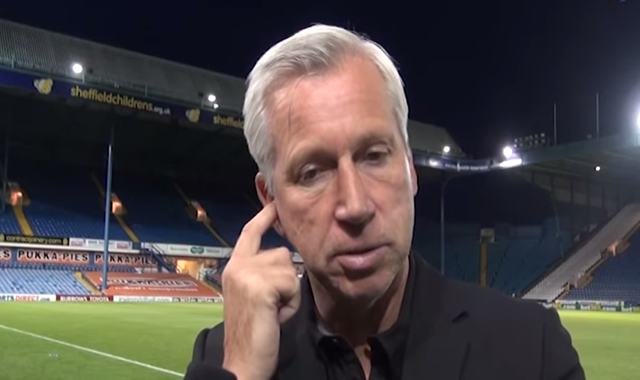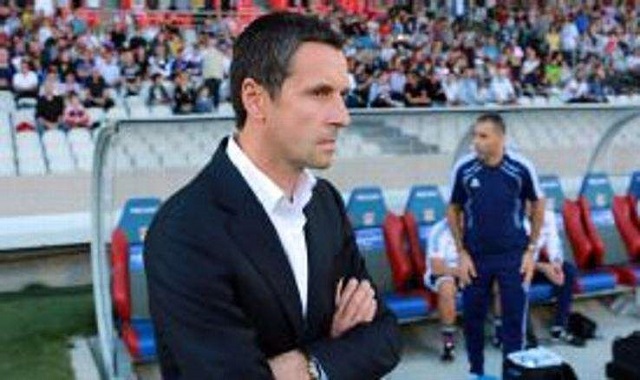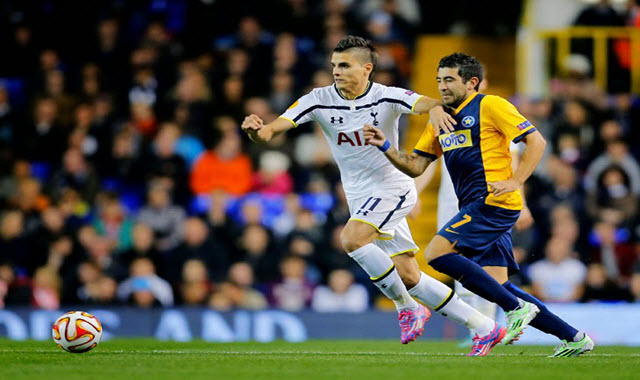The state of the Premier League today
The 1990 World Cup was still firmly in people’s minds and the idea of the growing prominence of Spain, Germany, and Italy’s leagues quite concerned the British sporting elite as did the sorry state of many of the nation’s once-proud stadia. Some were literally falling apart and the Hillsborough Disaster and ensuing Taylor Report made clear that serious tragedies were foreseen and Hillsborough—where 96 Liverpool FC fans were trampled to death at Sheffield Wednesday’s home ground due to poor accommodation and the police opening a gate to allow in more spectators when too many already were in the stands—remains as the worst sports-related disaster in UK history.
Everything pointed at a sincere and immediate need for a better codification of top-flight soccer and the resources—financial and otherwise—to ensure the safety of fans and athletes while also ensuring the future of soccer in terms of training of young players and feeder clubs.
Thus, the Premier League is young. If you’re a fan all of eighteen years old, sure, 1992 seems a long time ago, but in reality it’s a young development still in the sport. And the founding of the Premiership was a calculated and very major move for the Football Association. It was a move designed to reform the entire system of soccer at the professional level and it accomplished such.
Now, the UK has pro teams admired around the world—you’re as apt to see someone wearing a Manchester United shirt in Hong Kong or Miami as in Manchester it seems. In terms of revenue for teams, for the League itself, and for star athletes and managers, the Premier League really couldn’t have done any better, and it also has elevated the concept of top-flight soccer across Europe, leading to the successes at the highest league levels in places like the Netherlands and France. Yet despite all this, it is still very young in the scope of the history of soccer.
The early and sustained success of the Manchester United and Liverpool then the period of the “big four”—Arsenal, Chelsea, Liverpool, and Man United—ruling the League in the early 2000s delighted fans of these sides but also set up a scenario where it appeared all but impossible for the rest of the League’s teams to have a shot at winning the title or even getting close. We are now out of that period and it’s less likely to see that type of narrow dominance come back to the League, but that much said, there are still things that understandably, the League itself is still figuring out.
Now, with the surprising result of the Brexit vote, the Premier League has even more to figure out and quickly at that. The issue at hand, at least immediately, is how much does this change the relationship between how Premier League teams recruit and hire foreign players, how many such players can they have now that they’re no longer beholden to European Union regulations, and how will it affect things at the youth academy level—which has been closely networked with academies at teams throughout the EU? The latter point is especially crucial because young players are becoming more and more essential to the success of many teams in the Premier League and beyond—and many are foreign players, Martin Samuelsen, the Norwegian wunderkind who plays for West Ham United being a prime example.



